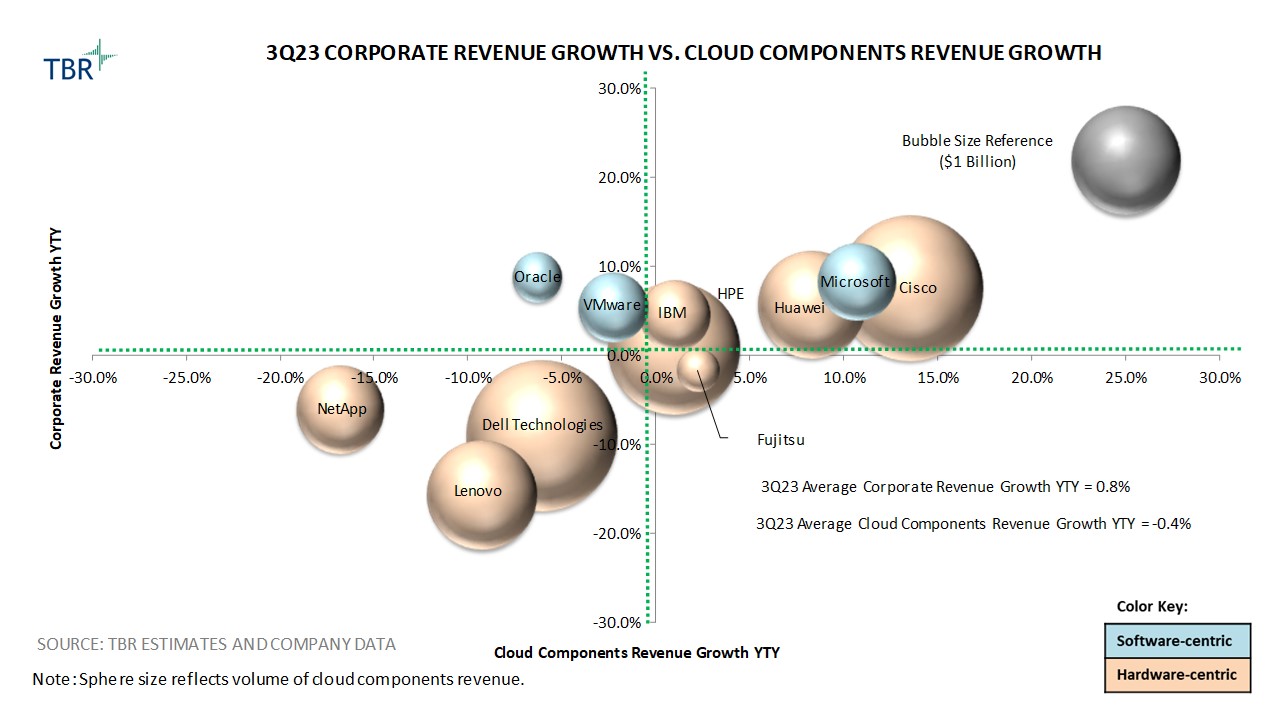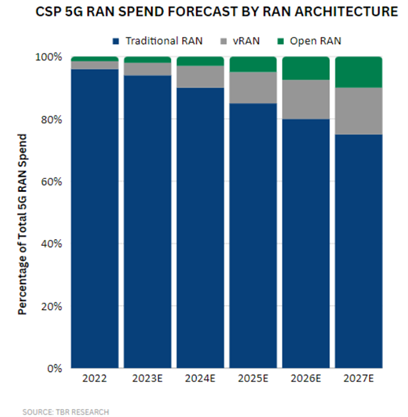When Will GenAI Impact the Devices Market?
GenAI Will Propel Growth in Devices and Associated Businesses
Generative AI (GenAI) will make devices, especially PCs and smartphones, more powerful and easier to use, and that will drive business among device, platform, silicon and software vendors but will not change the structure of the ecosystem. New opportunities in software and services will present themselves, new companies will enter the market, and most new companies will ultimately be acquired.
GenAI has not yet greatly affected the devices market and is not expected to begin to change device usage and requirements until CY2025, with the real impact beginning in CY2026. Right now, devices essentially serve as thin clients for cloud-based GenAI applications. Some PCs run machine learning applications that are helpful but inessential. Both iOS and Android smartphones use neural processing units (NPUs) for computational photography, but so far there are no significant large language model (LLM) applications running on devices.
Vendors and enterprises will spend the next two years evolving LLMs to run efficiently on local devices, expanding the devices to run LLMs, and developing the software to help users be more effective and insightful while making their jobs and lives easier.
Local GenAI Presents the Greatest Opportunity
Devices’ user interfaces (UIs) are the gateways the gateway to all computing; when you improve a device and the device’s software, you improve efficiency and the user experience across the board and you have the greatest possible impact on productivity, leading to optimal business results.
The user interface is not an afterthought or a sidelight; it governs what the user can do with the device and the underlying network. The UI both limits and empowers the user; a UI with GenAI greatly expands what the user can do.
Users spend many hours finding, arranging, organizing, sorting and transforming documents, messages, images, appointments and commitments. GenAI will help enormously in setting up and performing analyses, charting results, and laying out documents and presentations. With GenAI, it will be easier to automate the many tasks that are repeated with minor variations, with obvious benefits.
Device-based GenAI helps users do everything better and more easily; cloud-based GenAI makes individual applications more powerful and easier to use. Local GenAI will have a greater impact, contributing revenue and profit to winning software development companies, to the platform vendors and to the device vendors.
TBR Senior Analyst Ben Carbonneau Discusses Key Predictions for the Devices Market in 2024
The Steps to Local GenAI
It will be challenging to redesign GenAI software, along with PCs and smartphones, to make it possible to run effective and powerful local GenAI applications, but it is necessary because the devices must remain as responsive as they currently are. Users engage with the UI constantly, and delays would completely negate the benefits of an enhanced UI. The round trip to the cloud is unacceptable. Privacy concerns will also require local storage for private business and personal data.
Large language models are, of course, large. While PC memory and fast storage requirements will probably increase, a new architecture of multiple models will be required and is widely under development. The local model “knows” about the user’s data and activities, but it may consult with a company model for broader information and finally with cloud-based models for “knowledge” about the world.
We Still Need Software Development
Vendors will develop and adapt software to leverage GenAI. The conversational chat interface will be available to specify complex tasks, but PC and smartphone applications must have the faster and more conventional UI tools. Underlying the buttons and sliders will be more capable commands, adapted to the user’s needs and preferences.
The platform vendors — Apple, Google and Microsoft — have the advantage here, especially Microsoft, which owns its platform and its primarily horizontal applications. The platform vendors will provide APIs to GenAI resources and services to allow third-party software vendors to take advantage of their platforms. Third-party software vendors include established leaders like Adobe, but there are opportunities for new applications and vendors. Some SaaS vendors will build clients to take advantage of the local AI platform.
One new opportunity for both platform and software vendors is personal GenAI, which consists of private applications for individuals that assist in every aspect of their lives including work, home, family and health. The personal GenAI assistant is a smartphone automated personal assistant. It can shop, make appointments and even answer emails. Apple and Google have the inside track on this important business, and they will use their current voice interfaces, Siri and Google Assistant, respectively, as a starting point. Apple’s high-touch relationships with its customers and corporate emphasis on privacy will help the company’s effort.
The device vendors will benefit from the need for more capable hardware, and the new hardware should evolve more quickly than before, driving faster refreshes. They have few new software and service opportunities, however, as they need to provide standard platforms.
The Devices and Platforms Business Will be Bigger but not Different
The GenAI revolution will not greatly change the relationships that govern the production of devices. There is intense competition among the silicon vendors, but they face the usual array of customers. OEM vendors still face the challenge of differentiating products that must be standardized. Of the three platform vendors, only Microsoft plays well with others, and this situation is unchanged.
With respect to devices, the opportunities are larger but not very different. The invention of applications, leveraging the uniquely novel devices and platforms, is the only new type of opportunity.


